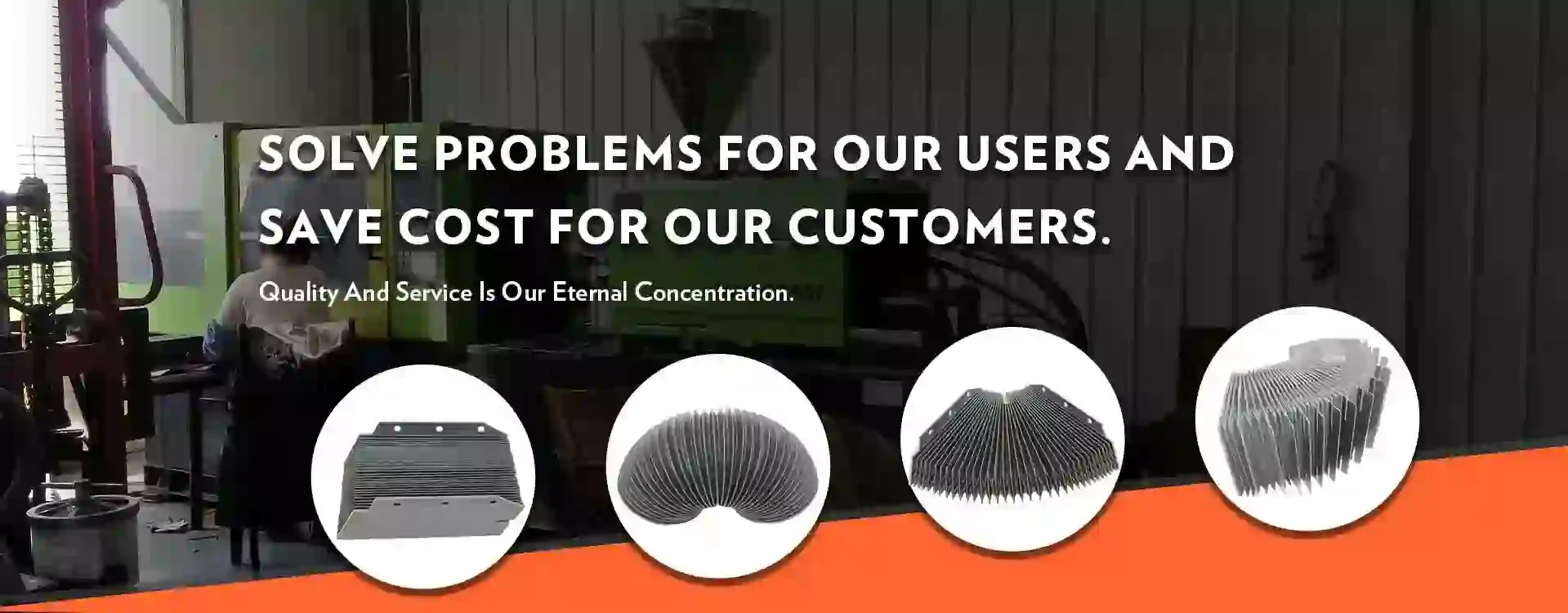Understanding Helical Offset Tooth Belts and Their Applications in Modern Engineering
Understanding Helical Offset Tooth Belts An Overview
In the realm of mechanical engineering and power transmission, helical offset tooth belts play a crucial role in various applications. These specialized belts are designed to transmit power and motion between two or more pulleys while offering distinct advantages over traditional belts. This article will delve into the characteristics, advantages, applications, and maintenance considerations related to helical offset tooth belts.
Characteristics of Helical Offset Tooth Belts
Helical offset tooth belts are distinct from conventional timing belts primarily due to their tooth geometry. The helical design of the teeth allows for a smoother engagement and disengagement process with the pulleys. This characteristic reduces vibrations and noise commonly associated with standard belts, making them ideal for applications requiring quiet operation.
The offset nature of the teeth helps in distributing the load evenly across the belt width, ensuring that the wear and tear are minimized. This feature is particularly beneficial in high-torque applications, where load concentration on specific areas can lead to premature failure of traditional belts. Additionally, these belts can be made from high-strength materials that enhance their durability and resistance to environmental factors such as temperature fluctuations and exposure to chemicals.
Advantages of Helical Offset Tooth Belts
One of the main advantages of helical offset tooth belts is their ability to provide a higher transmission efficiency compared to standard belts. The helical tooth design allows for more teeth to engage simultaneously with the pulley, resulting in reduced slippage and better power transfer. This can lead to improved energy efficiency in machinery, which is increasingly critical in modern manufacturing processes.
Another advantage is the flexibility in their design. Helical offset tooth belts can be customized to meet specific load requirements and operational conditions. Manufacturers can tailor the material composition, belt width, tooth profile, and length to achieve optimal performance for a wide array of applications, from automotive to industrial machinery.
Helical offset tooth belts also exhibit impressive resistance to elongation. This characteristic is significant for maintaining accurate timing in systems where precision is paramount. Unlike conventional belts that may stretch over time, leading to timing discrepancies, helical belts provide consistent performance over extended periods, reducing the need for frequent adjustments.
helical offset tooth belt

Applications of Helical Offset Tooth Belts
The versatility of helical offset tooth belts makes them suitable for various applications across multiple industries. In the automotive sector, they are commonly used in timing belt systems, responsible for synchronizing the rotation of the crankshaft and camshaft. This synchronization is critical for maintaining engine performance and efficiency.
In manufacturing and automation, these belts find applications in conveyor systems and assembly lines, where smooth and precise movement is required. Their ability to reduce noise and vibrations makes them ideal for environments where operator comfort and product integrity are essential.
Moreover, helical offset tooth belts are utilized in robotics, CNC machinery, and other high-precision equipment. The enhanced power transmission capability and reduced wear contribute to the reliability and longevity of the systems in which they are used.
Maintenance Considerations
While helical offset tooth belts are designed to be durable, regular maintenance is crucial for ensuring optimal performance. Inspecting the belts for signs of wear, such as fraying, cracking, or tooth damage, is essential. Any abnormalities should be addressed promptly to prevent failure that could lead to costly downtime and repairs.
Proper installation is also key to maximizing the lifespan of these belts. Ensuring that the pulleys are aligned correctly and that tension is maintained within specified limits can help avoid excessive wear and slippage. Additionally, periodic lubrication of the system may be necessary, depending on the manufacturer's recommendations and the operating environment.
Conclusion
Helical offset tooth belts are a sophisticated solution in the field of power transmission, offering numerous advantages over traditional belt systems. Their unique design, combined with the ability to customize for specific applications, makes them indispensable in many industries. By understanding their characteristics, benefits, and proper maintenance, engineers and operators can leverage the capabilities of these belts, ensuring efficiency and reliability in their operations. As technology continues to evolve, the role of helical offset tooth belts will likely expand, paving the way for even more innovative applications in the future.








